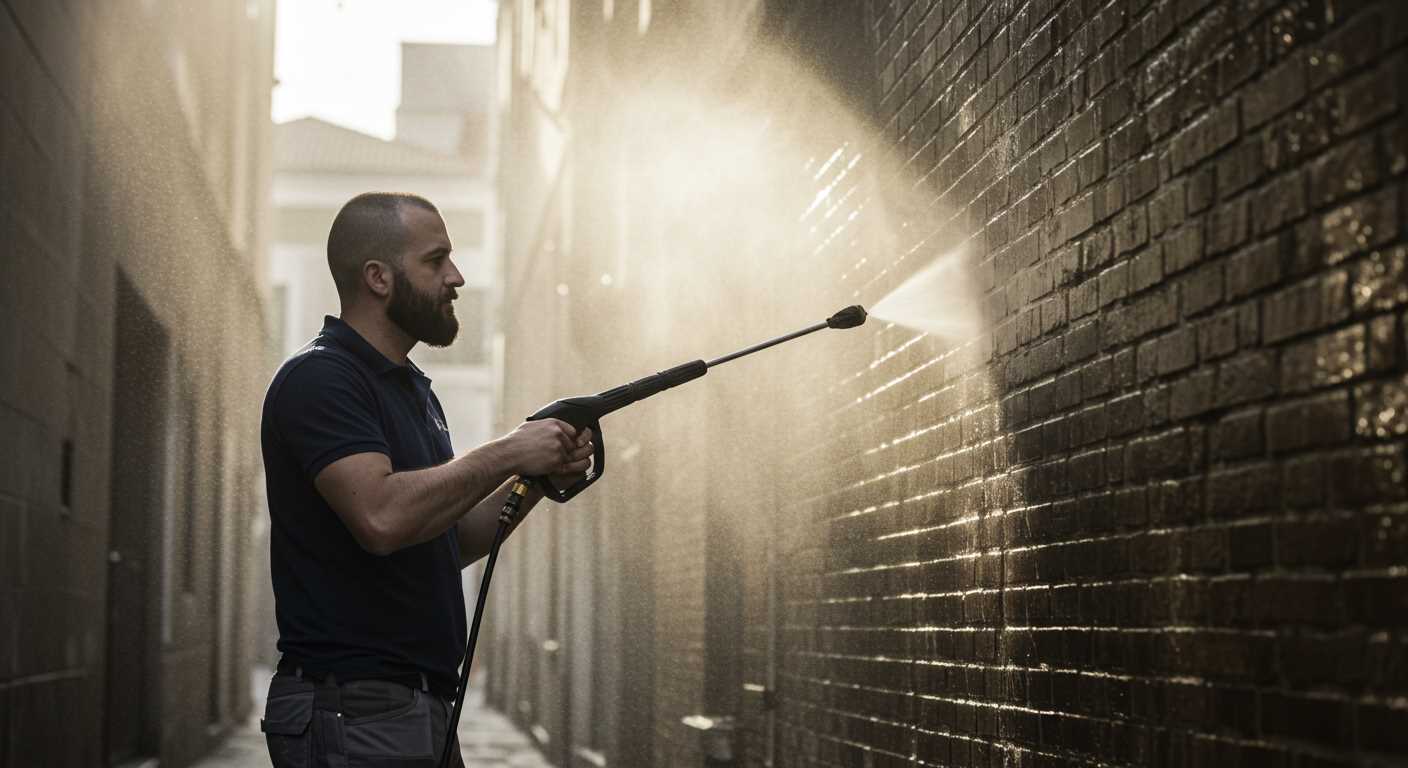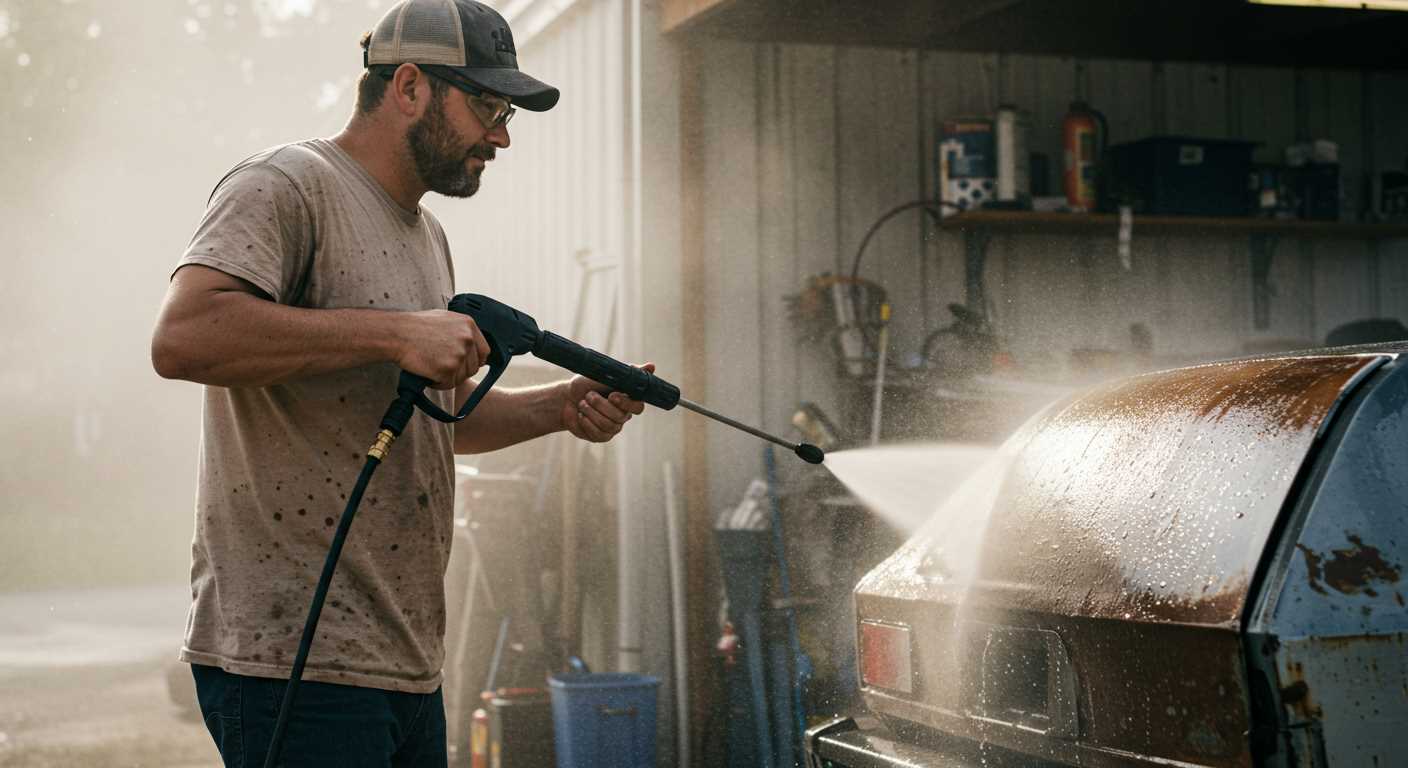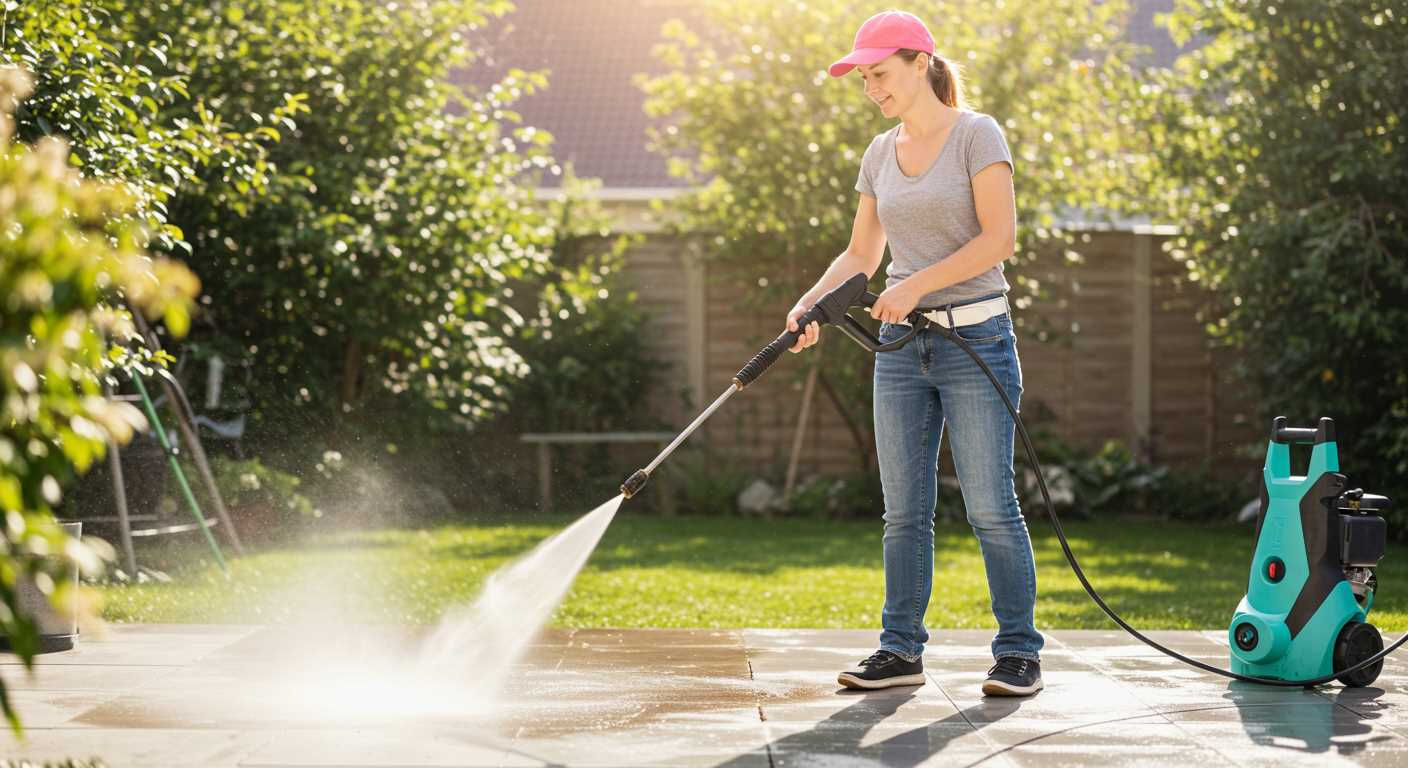

Expect to invest between £50 and £250 for a new component, depending on brand, model, and specifications. For mid-range devices, pricing typically sits around £100, with premium brands reaching the upper limits of that range. Ensuring compatibility with your existing equipment is critical, so always refer to technical documentation when selecting a replacement.
When evaluating options, consider reputable manufacturers known for durability and performance. Brands like Karcher, Nilfisk, and Bosch often provide components that maintain a balance between cost and longevity. Online retailers often feature competitive pricing and customer reviews, helping you gauge functionality and satisfaction.
Take care to inspect warranty conditions and possible additional fees for installation. Some retailers might offer promotional discounts or bundled deals, particularly during the off-season. It can also be advantageous to consult local service providers who might offer expert advice or even refurbished units at lower prices.
Understanding Pressure Washer Pumps and Their Types

Consider a triplex plunger system when selecting a new cleaning unit. This design excels in delivering high pressure and durability, making it suitable for heavy-duty tasks. Look for models featuring ceramic plungers, as they resist wear and extend the lifespan significantly.
If portability is a priority, a wobble plate system could be advantageous. This type offers a compact size and lower weight, which is ideal for residential cleaning. However, keep in mind that it typically operates at lower pressures compared to triplex systems.
Additionally, consider the drive mechanism. Direct drive models connect the motor directly to the pump, resulting in increased compactness and reduced maintenance needs. On the other hand, belt-driven systems are less noisy and usually have a longer lifespan due to lower RPMs, making them a solid choice for frequent use.
While evaluating options, pay attention to the flow rate as well. A higher flow rate means quicker clean-up, which can be a time-saver, especially for larger areas. You might see rates ranging from 1.5 to 4 GPM (gallons per minute), based on specific needs.
In addition, always verify compatibility with various nozzles and attachments. Some units come with adjustable features that allow you to manage the water pressure and flow effectively, enhancing overall versatility for different surfaces.
Ultimately, understanding these variations will aid in selecting the most suitable apparatus for your cleaning projects. Don’t hesitate to consult with experts or review product specifications to ensure you invest wisely in a mechanism that aligns with your operational demands.
Average Costs of Replacement Pumps for Different Brands
Replacement components vary significantly by brand. Based on my extensive experience, here are the average prices associated with different manufacturers:
| Brand | Average Cost (£) |
|---|---|
| Karcher | £80 – £120 |
| Generac | £90 – £140 |
| Simpson | £100 – £150 |
| Sun Joe | £60 – £100 |
| Ryobi | £70 – £110 |
| Stanley | £75 – £125 |
| Craftsman | £85 – £130 |
Costs can fluctuate based on availability, model specifications, and purchase location. Online retailers may provide competitive prices, while local dealers often include shipping and handling in their pricing. I recommend comparing options across multiple platforms to ensure the best deal. Consider warranty options as well, as some brands offer additional coverage, affecting the overall investment.
From my observations, it’s prudent to choose components that align with the original specifications to maintain performance. Substitutes may save money upfront but often lack durability and can lead to further complications down the line.
Factors Influencing the Price of Pressure Washer Components
Quality matters significantly. Higher-end models are often made with durable materials and advanced engineering, leading to an increase in cost. When selecting replacements, consider if the component has components crafted from ceramic, brass, or stainless steel, which tend to outperform cheaper alternatives.
Brand Reputation

A well-known manufacturer typically charges a premium due to their commitment to quality and customer service. Brands with a proven track record of reliability and performance usually justify their prices through warranty offerings and support services.
Type and Specifications

The specifications, such as flow rate and pressure capabilities, heavily influence pricing. Higher performance specifications generally result in higher costs. Compatibility with various appliances also adds to the price, making multi-functional options more desirable but often pricier. Assessing specific needs will help identify what to prioritise in your investment.
Where to Buy: Retailers and Online Options
I recommend checking both brick-and-mortar stores and e-commerce sites for your replacement units. Local hardware stores, home improvement centres, and specialty cleaning equipment retailers often stock various brands. Major chains like Home Depot and Lowe’s usually provide a selection of common models, which allows for immediate purchase and potential assistance from staff.
Online platforms offer a broader range and competitive pricing. Amazon is a reliable option with extensive customer reviews, ensuring you can compare different products effectively. Additionally, retailers like eBay and Walmart might also have options available, sometimes featuring discounts or used items that could be cost-effective.
For specific brands, visiting the official websites can lead to authorised dealers or direct purchases, ensuring authenticity. Brands such as Kärcher and Simpson might offer specific items not available elsewhere. Furthermore, consider checking out specialist websites focused solely on cleaning tools, as they may have exclusive selections and provide detailed specifications to aid in your decision.
Lastly, I advise you to join relevant online forums or social media groups. These communities can provide insights on where to buy and recommendations based on user experiences, enhancing your buying journey.
Installation Costs: DIY vs Professional Help
Choosing between installing it myself or hiring a specialist depends on several factors. If I have basic mechanical skills and the right tools, tackling the installation alone can save me a significant amount. The cost for a DIY project typically includes only the replacement component and necessary tools, amounting to between £50 and £150, depending on what I already own.
Advantages of DIY Installation
- Cost savings: Eliminating labour fees can result in substantial savings.
- Flexibility: I can work at my own pace, fitting the task into my schedule.
- Satisfaction: Completing the installation can boost my confidence and provide a sense of accomplishment.
Reasons to Consider Professional Assistance
- Expertise: A qualified technician brings experience that can be invaluable, especially with complex models.
- Warranty: Hiring an expert may protect any warranties on the equipment.
- Time efficiency: A professional can complete the job quickly and correctly, reducing the risk of damage.
If I opt for professional help, installation costs can range from £100 to £250, varying based on the technician’s rates and travel distance. It’s essential to obtain quotes from multiple sources to ensure fair pricing. Overall, evaluating my skill level, the complexity of the task, and my budget will guide my decision.
Maintenance Tips to Extend Pump Longevity
Regularly check the fluid levels in your equipment to ensure optimal performance. Using high-quality detergent can prevent build-up inside the unit. It’s vital to flush the internals with clean water after each use to eliminate any residue that might cause blockages.
Inspect hoses and connections frequently for any signs of wear or leaks. Replace damaged components immediately to avoid unnecessary strain on the system. Keeping connections tight minimizes pressure loss and conserves energy.
Always store your unit in a climate-controlled environment, especially during the colder months. Freezing temperatures can lead to internal damage if residual water is left inside. Consider using a winterisation solution to protect the internal mechanism.
Utilising the right nozzle size and pressure setting for the task can prevent undue stress. Check the manufacturer’s recommendations for compatible accessories to ensure that everything works harmoniously.
Consult service manuals regularly for maintenance schedules. Lubrication of moving parts may be required after a certain number of operating hours. Staying on top of these tasks can greatly enhance the lifespan of your machine.
Lastly, engage with community forums or manufacturer support for tips specifically tailored to your model. Insights from experienced users can provide valuable knowledge and best practices that might not be included in standard manuals.







